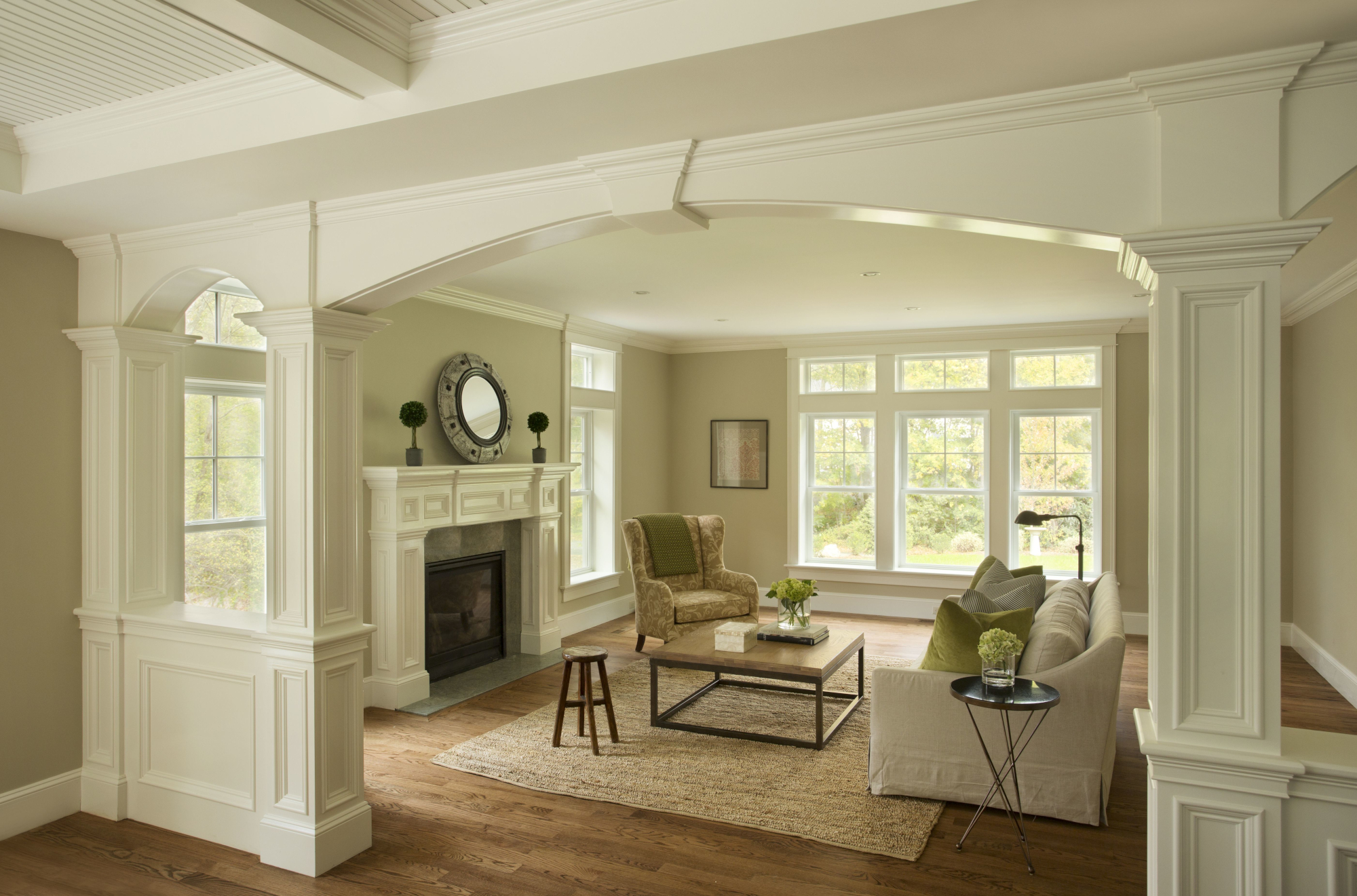With work in the painting industry spanning decades, jobs performed in the thousands, gallons of paint applied in the 100s of thousands, and jobs billed in the 10s of millions you can be assured that these recommendations are based on actual experience. While these recommendations are geared to professional tools used to achieve professional results, we will make every effort to suggest affordable alternatives when possible. However, it is our belief that by going through the tools and equipment used by professional painters and explaining where the professional places his priorities it will provide a deeper understanding of the process. With this understanding and a few recommendations, you will be ready to achieve professional results for yourself. Your final results will mainly be dictated by the effort, time, and money you wish to dedicate to the project and by your desired outcome.
Paint Brushes
Always buy a good quality paint brush. Some of the best paint brushes available are made by Purdy, Corona, and Wooster. Some of the brushes I recommend are the Purdy Clearcut 2.5″ Angled Paint Brush; The Corona 2.5″ Excalibur Chinex Paint Brush; The Wooster Brush 2-1/2 Ultra/Pro Extra-Firm Lindbeck Angle Sash Paintbrush and the Wooster Brush 2-1/2 Alpha Angle Sash Paintbrush.
More information on the Best Paint Brushes:
Putty Knives
The main hand tool that most painters always carry is a putty knife. Most painters, myself included, carry a stiff putty knife known as a “5-in-1” or “6-in-1”. Alternatively, many painters will carry a regular stiff or flexible putty knife, usually a 1.25″ putty knife or another fairly small size. None of these choices is bad. It is really personal preference or years of habit. 5-in-1 putty knives are great for scraping surfaces, opening cans and squeezing excess paint out of a roller but they are not ideal for patching – a flexible putty knife is much better suited for that.
My favorite “5-in-1” tools are the Hyde “6-in-1” tool, which I carried for many years, the Hyde “5-in-1” tool, and the Warner Rosewood series “5-in-1” tool that I have been carrying lately. I love the weight and the “hammer-end” on the Hyde “6-in-1” but the steel seems to be higher quality on the Warner.
Paint Scrapers
The best paint scraper without question is the Bahco 650 Premium Ergonomic Carbide Scraper. I think the 2″ is generally the best for most tasks. I have had several 2″ models for many years and they all see a lot of use, I owned the 2.5″ version and it was lost at some point and I never felt the need to replace it.
Rollers
My favorite size rollers are 14″. I find 9″ rollers to be too small and slow for anything larger than a small bathroom. While I like 18″ rollers the 3/8s nap rollers tend
The best roller cover I have used is the Wooster 14 Inch Pro Doo Z FTP Roller Cover in the 3/8-Inch Nap. I also use the Wooster 9 Inch Pro Doo Z FTP Roller Cover in the 3/8s nap for small areas.
The best roller handles or roller frames are the Wooster Sherlock 14 Inch Roller Frame and the Wooster Sherlock 9 Inch Roller Frame.
The best extension pole is the Wooster Sherlock Extension Pole. The 2ft to 4ft model is good for rolling walls from standard ceiling heights up to about 9ft. For higher walls, the 4ft to 8ft version or larger come in handy. I own 4 2ft to 4ft poles, 2 4ft to 8ft poles, a 6ft to 12ft pole and an 8ft to 16ft pole. They are hands down the best extension poles that you can use. They are relatively lightweight yet extremely strong, the “Sherlock” locking mechanism
